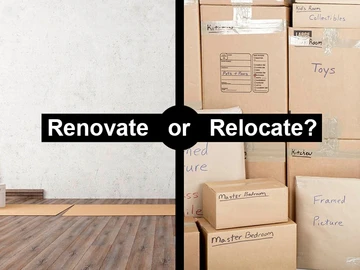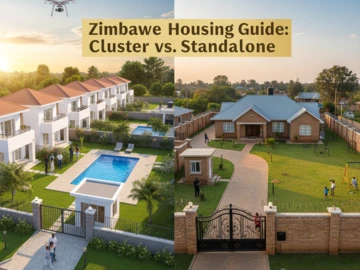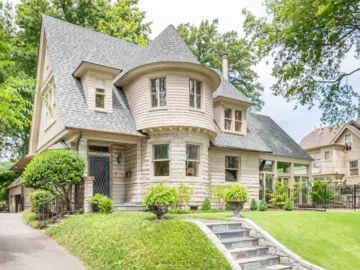The second half of 2022 has seen dynamic activity in Zimbabwe’s property and infrastructure development sectors. From new real estate investment opportunities to large-scale government-backed master plans, here are the key developments you need to know:
1. Tigere REIT Listing on the Zimbabwe Stock Exchange (ZSE)
Tigere Real Estate Investment Trust (REIT) has been licensed and registered by the Securities and Exchange Commission of Zimbabwe (SECZim).The REIT is set to be listed on the ZSE by the end of September 2022.
Seed assets include:
- Highland Park Shopping Centre: Located along Emmerson Mnangagwa Road with Pick n Pay as anchor tenant.
- Chinamano Corner: Situated at the corner of Second Street and Chinamano Avenue, Harare.
This marks a major step toward improving liquidity and investor participation in Zimbabwe’s real estate sector.
2. Zim Cyber City – A $500 Million Smart City Vision
Zim Cyber City, a US$500 million mixed-use high-tech development, is being developed in Mount Hampden (New Harare).Spearheaded by Mulk International (UAE), the project spans 2.5 million square feet.
The vision includes:
- A hi-tech park inspired by Dubai’s development model.
- A new urban core housing ministry buildings, parliament, high-end commercial and residential zones.
This iconic development is set to reshape Harare’s urban landscape and attract foreign investment.
3. Focus on Retail, Warehousing & Industrial Properties
Boom in warehousing and industrial development as demand for logistics and distribution spaces rises.
Notable developments include:
- First Mutual Properties: Completed a retail warehouse in Mbare (occupied by Gain Cash & Carry).
- Mashonaland Holdings: Acquired 4 hectares in Pomona Industrial Park, with construction starting in October.
- Terrace Africa & Tigere REIT: Active in Highlands, CBD, Ruwa, and Madokero projects.
Increased investor interest highlights confidence in the commercial and industrial real estate segments.
4. Chitungwiza Master Plan – A Move to Curb Illegal Settlements
Harare Metropolitan Province has an estimated 52,000 illegal structures, with 25,000 in Chitungwiza.
After 26 years without an official framework, a new master plan is underway to:
-
Guide future urban development.
-
Help residents identify approved and legal areas for building.
- This marks a significant step toward urban regulation and sustainable growth.
The initiative supports long-term land use planning and infrastructure investment.
Conclusion
The remainder of 2022 is shaping up to be transformative for Zimbabwe’s property and infrastructure landscape. Key takeaways:
- New capital flows through REIT listings and diaspora interest.
- Smart city planning and commercial infrastructure are gaining momentum.
- Government regulation is strengthening planning and land administration.
Zimbabwe’s property market is evolving, and both investors and homeowners should stay informed to capitalize on emerging opportunities.
 Continue with Facebook
Continue with Facebook
 Continue with Email
Continue with Email














